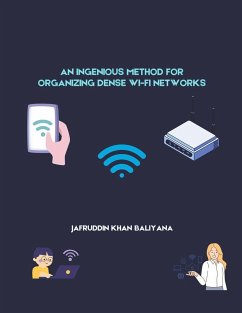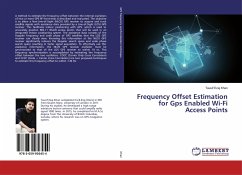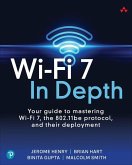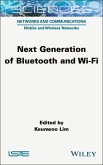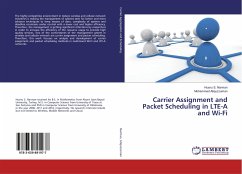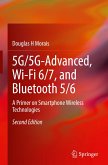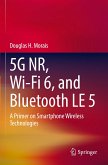WLAN got tremendous growth over recent years. Wireless LANs to support huge number of real time applications such as video steaming, video conferencing, email, media downloading, web browsing and file sharing. As these applications are easily access from anywhere and anytime, low-cost, ease of deployment and very high speed as compared to cellular network there very high demand for these applications. The number of users for these network applications continuously increased day by day and hence results congestion. Congestion is the traffic jam which takes place when data traffic or load over a network exceeds the capacity of network. In that situation the routers are unable to smooth out traffic and to cope up the data. The network performance becomes very poor or collapse completely and almost no packets delivered. Congestion control for on demand data as well as media traffic over network is challenge for researchers and motivate them to develop congestion control mechanism and techniques. Congestion control mechanism is applied to accomplish a high bandwidth utilization, to congregate to fairness quickly and efficiently, to reduce amplitude of oscillations and to sustain a high responsiveness. The important concern in Wireless Local area network is allocation of resources because all wireless nodes battle for same channel of radio. When uplink and downlink transmission congestion protocol (TCP) flows exist together in WLAN, then the service of network is biased towards uplink and it makes downlink TCP flows suffers. In this manner, at the MAC layer, decency among stations in the WLAN is guaranteed. Though, traffic downstream is uniquely transmitted from a passage while traffic upstream is produced from various customer stations. Along these lines, traffic upstream acquires more chances of access to remote (wireless) channel than the traffic downstream. This implies the equality among stations acknowledged at MAC layer doesn't mean the decency among the upper layer's flows. Indeed, unfairness among the upper layer flows has been accounted for. Besides, it has been brought up that TCP streams or flows experience extreme unfairness in case of WLANs. TCP is used as a protocol i.e. transport-layer protocol, the injustice among the flows at the upstream brought about by its congestion control devices. TCP initiates the mechanism of congestion control against data-based packet losses, yet not against ACK based packet losses Per-stream unfairness amongst TCP streams in IEEE 802.11 remote LAN condition has been accounted for in past writing. The past research proposed different answers for reducing the congestion and unfairness control. These arrangements lessen throughput of TCP unfairness mostly by queue management or by modification of MAC convention at passages or access point dependent on nitty-gritty data in wireless remote LAN, for example, the quantity of synchronized stations, flow rates and flow types. Notwithstanding, MAC conventions of remote passages are commonly executed in equipment, so it takes enormous expense to transform them. TCP is intended to perform well in customary wired systems with the uncertainties that packet-based losses are mostly because the system bit error rate (BER) and network congestion is insignificant. In any case, systems with remote connections experience the ill effects of noteworthy packet losses because of random handoffs and bit errors. Consequently, TCP accomplishes inadequately in systems with remote connections since it treats any packet losses in the system to be a consequence of network congestion and hinders its rate of transmission, or causes the sender of TCP to encounter superfluous breaks or timeouts, further decreasing its overall performance. In this theory, we focus on two fundamental methodologies for empowering the mechanism of congestion control to decide the reason for loss of packet.
Bitte wählen Sie Ihr Anliegen aus.
Rechnungen
Retourenschein anfordern
Bestellstatus
Storno

